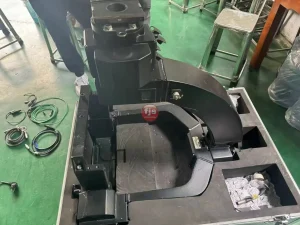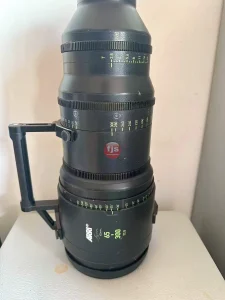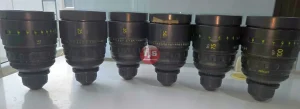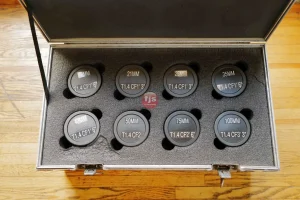Lenses are the heart and soul of photography. They shape how light interacts with your camera sensor, ultimately defining the look and feel of your images. But with a vast array of lens characteristics to consider, navigating this world can be overwhelming. Fear not, photography enthusiasts! This guide serves as a springboard for your exploration of lens characteristics, equipping you with resources and knowledge to make informed choices.
Unveiling the Key Players: Essential Lens Characteristics
- Focal Length: Measured in millimeters (mm), focal length determines the angle of view captured by your lens. Wide-angle lenses (short focal length) capture expansive scenes, while telephoto lenses (long focal length) bring distant subjects closer.
- Aperture: Represented by f-stops, aperture controls the amount of light reaching the sensor. A wider aperture (lower f-stop number) allows more light in, blurring the background and creating a shallower depth of field. Conversely, a narrower aperture (higher f-stop number) lets in less light but produces a deeper depth of field, keeping more of the scene in focus.
- Maximum Aperture: This refers to the widest aperture a lens can achieve, which is crucial for low-light photography and controlling depth of field.
- Minimum Focus Distance: The closest distance at which your lens can focus on a subject. This is important for close-up photography (macro) and can vary depending on the lens.
- Image Stabilization: A feature that counteracts camera shake, resulting in sharper images, especially at slower shutter speeds.
Benefits of Understanding Lens Characteristics
By understanding these key characteristics, you can:
- Choose the right lens for your shooting style: Whether you’re a landscape photographer, a portrait enthusiast, or a wildlife aficionado, knowing which lens characteristics matter most will empower you to select the perfect tool for the job.
- Craft captivating compositions: Focal length and aperture play a significant role in how you compose your images. Mastering these characteristics allows you to control perspective, depth of field, and the overall aesthetic of your photographs.
- Elevate your image quality: Understanding factors like image stabilization helps you achieve sharper images, especially in challenging lighting conditions.
Expanding Your Knowledge: Resources for Further Exploration
The world of lens characteristics is vast and ever-evolving. Here are some resources to fuel your learning journey:
- Online Photography Tutorials: Countless websites and YouTube channels offer in-depth tutorials on lens characteristics, often accompanied by clear visuals and demonstrations.
- Photography Magazines and Blogs: Stay updated on the latest lens releases and reviews by subscribing to reputable photography publications. These resources provide valuable insights from professional photographers.
- Lens Manufacturers’ Websites: Explore the official websites of major lens manufacturers. They often have detailed technical specifications and explanations of their lens technologies.
- Photography Courses: Consider enrolling in online or in-person photography courses that delve deeper into lens characteristics and their practical applications.
Sharpening Your Knowledge: Frequently Asked Questions
- Do more expensive lenses always have better characteristics? Not necessarily. While high-end lenses often boast superior build quality, advanced features, and exceptional sharpness, mid-range lenses can offer excellent performance at a more affordable price point.
- How do I choose the best lens for my camera? Compatibility is key! Ensure the lens you choose mounts correctly on your camera body. Beyond that, consider your shooting style and budget to find the lens that best suits your needs.
Conclusion
Understanding lens characteristics is a rewarding journey that empowers you to make informed decisions about your photography gear. By delving deeper into these resources and experimenting with different lenses, you’ll unlock a world of creative possibilities and elevate your photographic skills to new heights. So, grab your camera, explore the world of lenses, and get ready to capture stunning images!







